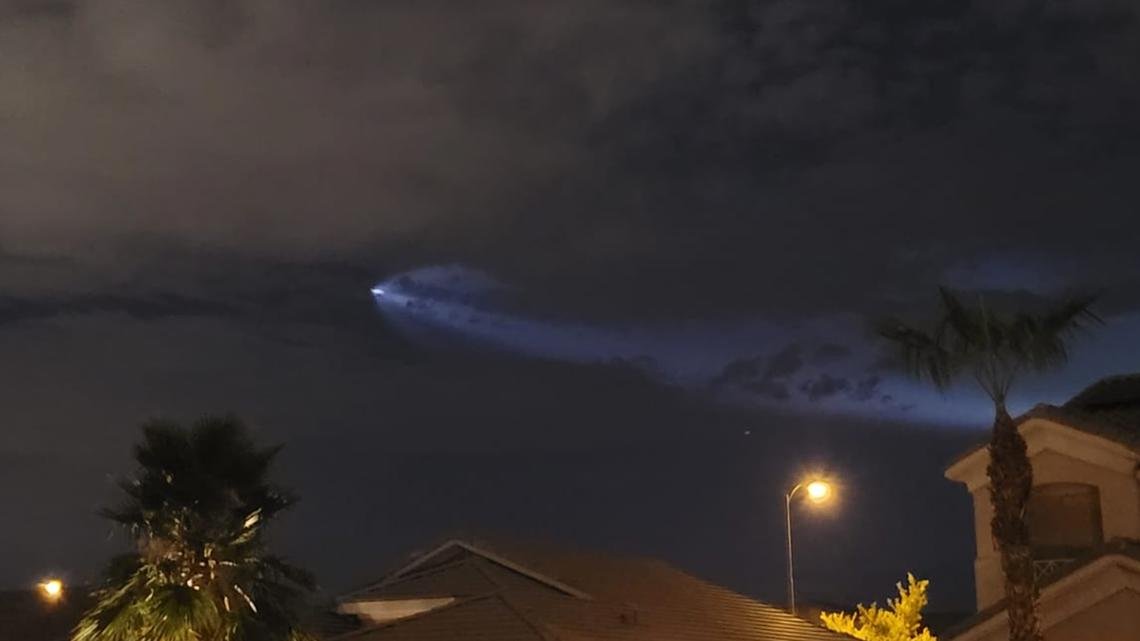aerospace
SpaceX Rocket Soars from California’s Vandenberg Space Force Base

PHOENIX — SpaceX successfully launched its Falcon 9 rocket for the NROL-113 mission on Thursday evening from Vandenberg Space Force Base in California at approximately 8:20 p.m. This launch marked the 20th flight for the first stage booster dedicated to this mission.
While not a high-profile event for Arizonans, the rocket’s ascend into the sky was still noteworthy. SpaceX documented the launch series with videos shared on social media platforms, illustrating both the liftoff and the landing of the booster.
In a tweet, SpaceX confirmed the recovery of Falcon 9’s first stage on the “Of Course I Still Love You” droneship, emphasizing continued success in their reusable rocket program.
Starlink is integral to SpaceX’s vision, described as the “world’s first and largest satellite constellation.” This system utilizes low Earth orbits to provide broadband internet, allowing for activities such as streaming and online gaming while consisting of thousands of satellites positioned about 550 kilometers above Earth.
Dr. Vishnu Reddy, an esteemed scientist from the University of Arizona, explains how rocket launches can illuminate the Arizona sky. The phenomenon, known as the Twilight Phenomenon, is due to lingering sunlight in California at the time of launch, which reflects off the rocket’s exhaust trail and becomes visible to observers in Arizona, despite it being nighttime locally.
These launches, originating from California, create a spectacle for those in Arizona, who can witness the sunlight reflecting off the rocket long after sunset in their region.


















